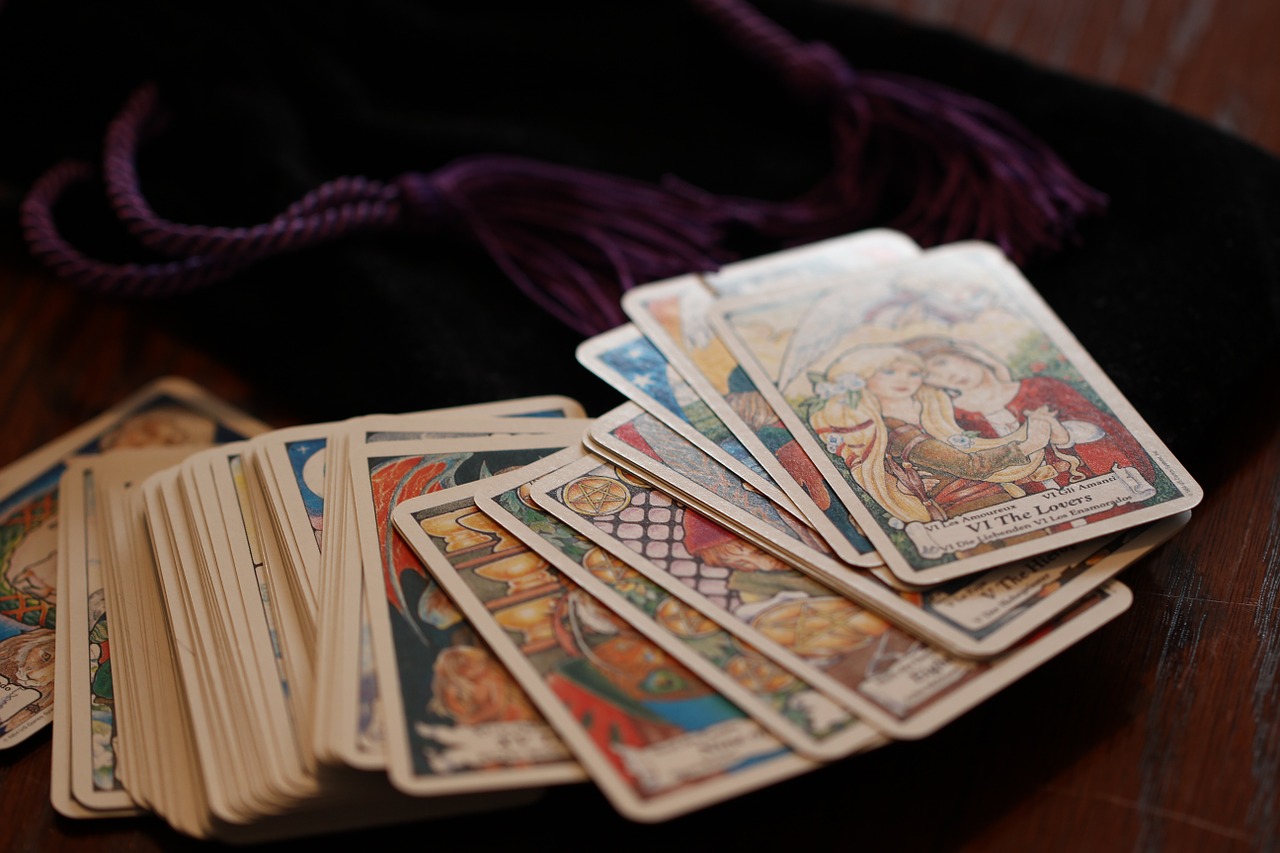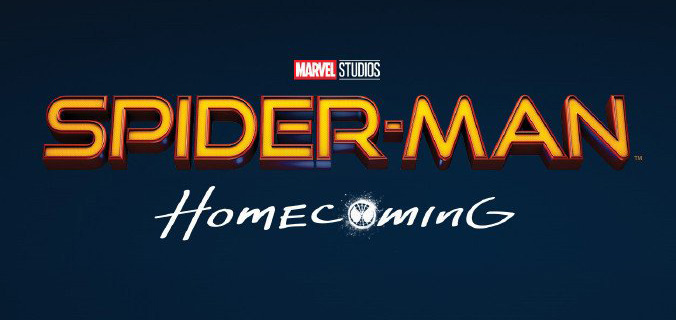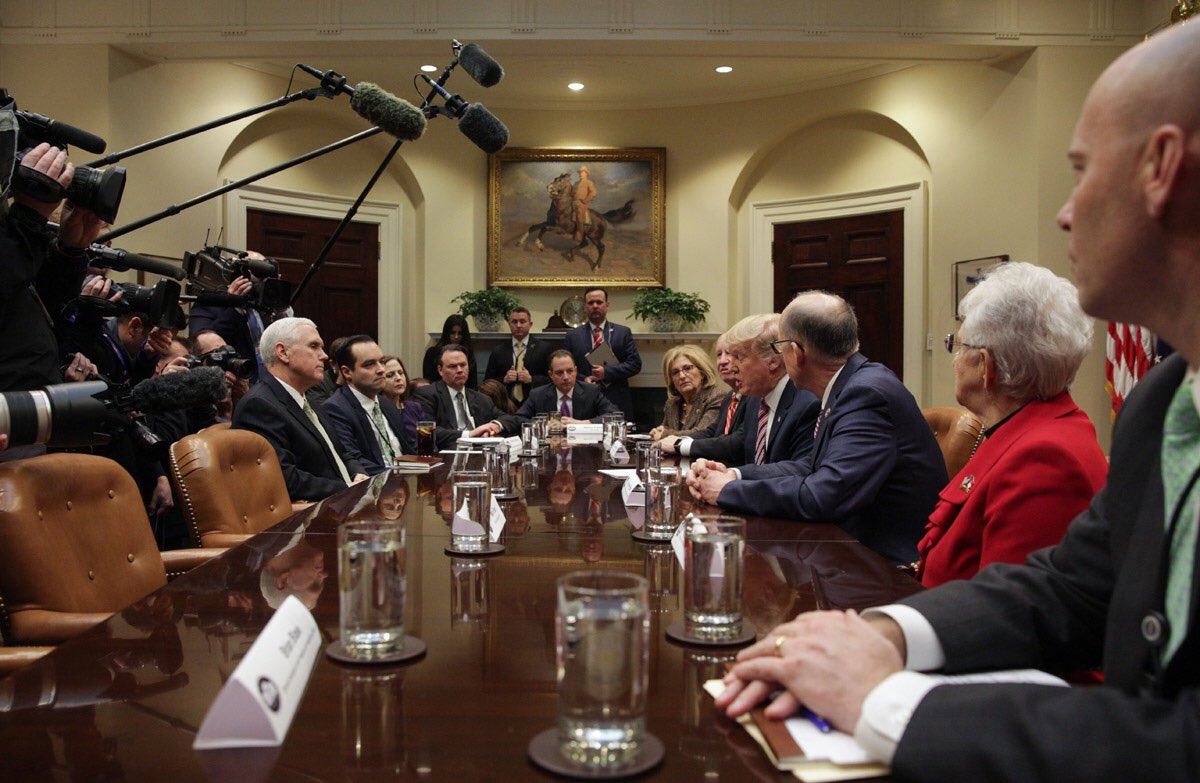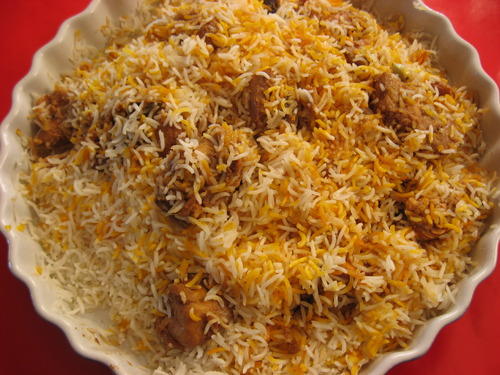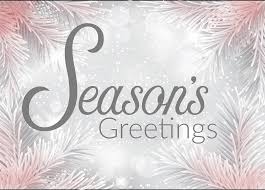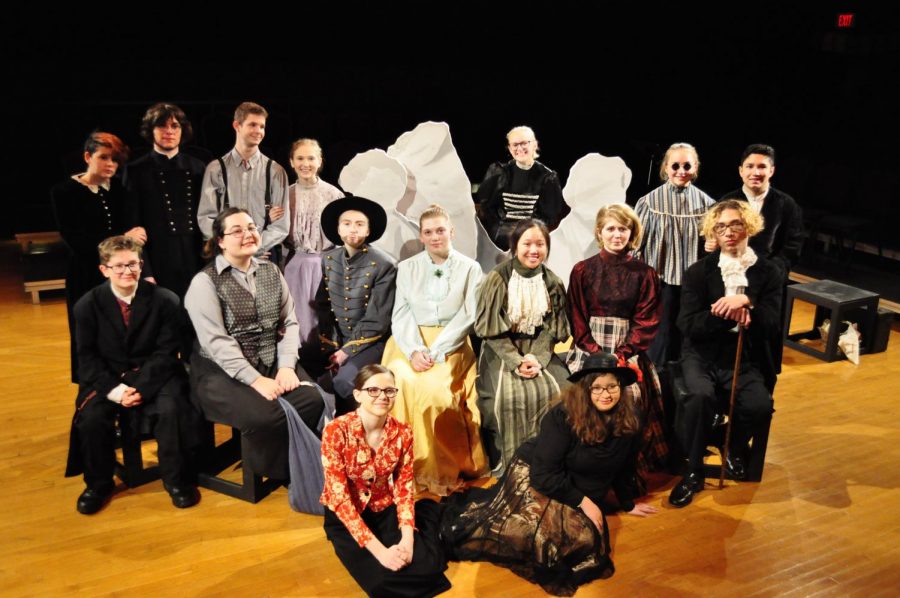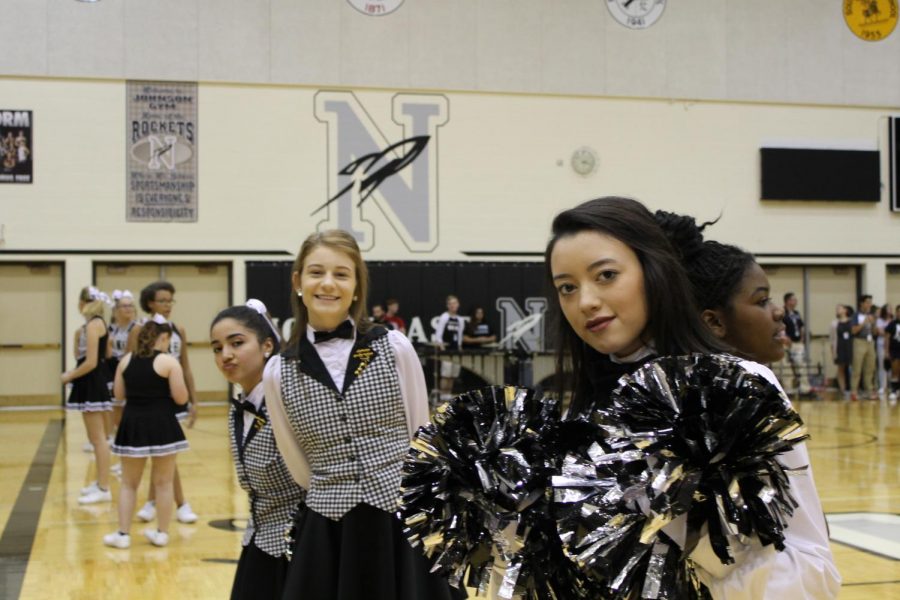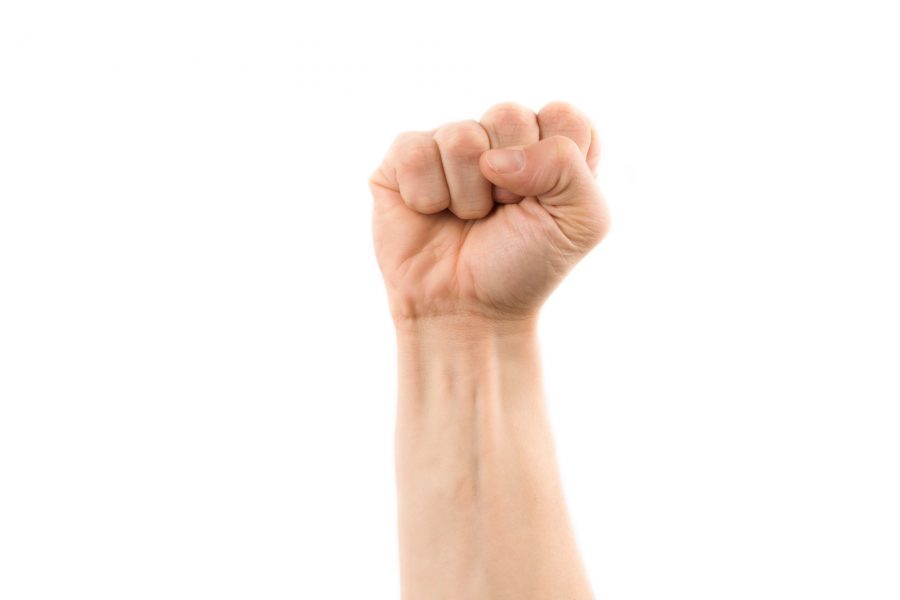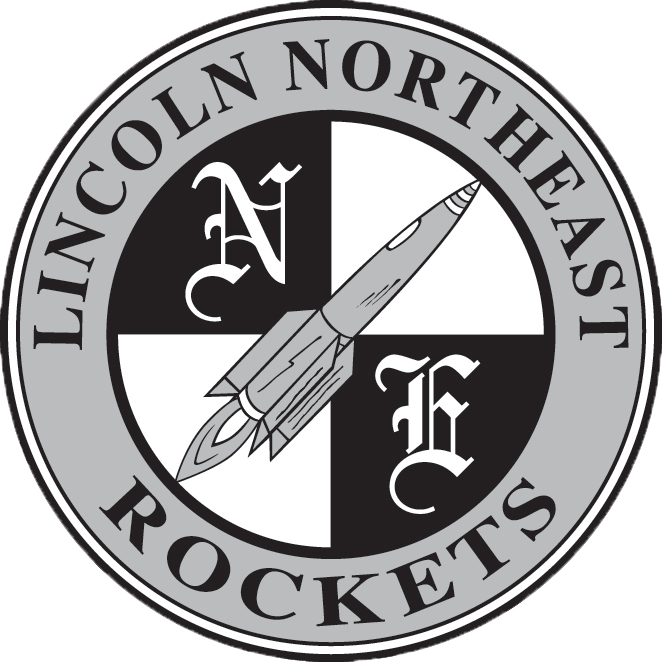Throughout history people have looked for a way to see one’s future. Why wonder about the future when you can know what is to come? Various forms of divination have surfaced, but many people are often sceptical of these methods. Take tarot for example: a deck of 78 cards used as means of fortune-telling. Seems a bit sketchy. Who thinks of such a thing? How does it even work? It appears a bit odd to search for the future in a playing card, but whether you believe it or not, the skill has been seen as legitimate for hundreds of years.
Playing cards first entered Europe in the 14 century, and with this came the creation of tarot cards which originated in Northern Italy between 1420 and 1440 with the belief that the cards’ mysticism came from Egypt. By the 1500s, Italian aristocracy was enjoying tarot as a simple card game known as Tarocchi Appropriati where players were dealt random cards and used thematic associations with these cards to write poetic verses about one another. The mystical application of tarot experienced its revival in Europe during the 18 century.
Jean Baptiste Alliette, better known as, Etteilla wrote his first book on tarot in 1791, called Etteilla, ou L’art de Lire Dans les Cartes, meaning Etteilla, or the Art of Reading Cards. He first learned divination with a deck of 32 cards designed for a game called Piquet along with the addition of his special Etteilla card known as “the significator”. Not many cards remain from his original deck, but it serves as a template for tarot today. As stated in the article “Tarot Mythology: The Surprising Origins of the World’s Most Misunderstood Cards”, “Etteilla eventually switched to using a traditional tarot deck, which he claimed held secret wisdom passed down from ancient Egypt. Etteilla’s premise echoed the writings of Court de Gébelin, who allegedly recognized Egyptian symbols in tarot-card illustrations. Though hieroglyphics had not yet been deciphered (the Rosetta Stone was rediscovered in 1799), many European intellectuals in the late 18th century believed the religion and writings of ancient Egypt held major insights into human existence. By linking tarot imagery to Egyptian mysticism, they gave the cards greater credibility.” Etteilla claimed tarot cards originated from the legendary Book of Thoth, a text which supposedly belonged to the Egyptian god of writing and knowledge. According to Etteilla, “the book was engraved by Thoth’s priests into gold plates, providing the imagery for the first tarot deck.” Based off of these theories, Etteilla published his own tarot deck in 1789. This deck is one of the first designed explicitly as a divination tool and his today referred to as the Egyptian tarot.
Etteilla’s tarot deck consists of 78 cards which are split into the Major and Minor Arcana also known as the greater and lesser secrets. The Major arcana, or trump cards, consists of 22 cards without suits: The Magician, The High Priestess, The Empress, The Emperor, The Hierophant, The Lovers, The Chariot, Strength, The Hermit, Wheel of Fortune, Justice, The Hanged Man, Death, Temperance, The Devil, The Tower, The Star, The Moon, The Sun, Judgement, The World and The Fool. The Minor Arcana consists of of 56 cards divided into 4 suits of 14 (10 numbered cards and 4 court cards): The court cards are the King, Queen, Knight and Page/Jack, in each of the four tarot suits. The traditional Italian tarot suits are swords, batons/wands, coins and cups; in modern tarot decks, however, the batons suit is often called wands, rods or staves, while the coins suit is often called pentacles or disks.
People who have their cards read often say they do so to better prepare themselves for the future. When a person reads tarot cards, the cards selected from the deck are laid out in special combinations called spreads. These spreads create a way for the reader to see a detailed, “pictorial representation” of the situation their client is interested in. According to the website All About the Occult, “In a traditional 10-card spread called the Celtic Cross, a reader can look at the positions of the cards and determine what past actions have contributed to or caused the situation, and based on current events in the client’s life, and the ‘energy’ of the cards, what will most likely occur in the future.” Experienced tarot readers often caution against simply reading the description of a card out of a reference book.
But with forms of divination comes the fear of the unknown as well as the occult. While the use of tarot does not require the worship of deities, it can be considered a religion in the fact that it can often be a practice or activity someone can be completely devoted to. The practice can take on cultish or occultish aspects and often is considered on the same level as other occult fortune-telling techniques such as the ouija board, tea leaves and crystal balls. Others believe tarot cards are just harmless fun. As long as tarot users are not using the cards to worship Satan or conjure evil spirits, the only real harm in using tarot is the fact that two people can read the same result very differently. Any tarot reading is up for interpretation and must be looked at with an open mind.
Whether or not you believe in the credibility of tarot, the subject itself is quite interesting. Many resources are available to help sate your curiousity of the unknown. While not necessarily as reliable, websites online such as Free Tarot Readings and Astrology.com offer free online tarot readings. But if you prefer a more personal experience, places such as Psychic Readings By Honey at 1539 N. Cotner Boulevard and Psychic Readings at 201 S. 48th Street are located locally. Life is a lot more enjoyable when you keep an open mind. Quench your curiosity and consider going through a tarot reading.

